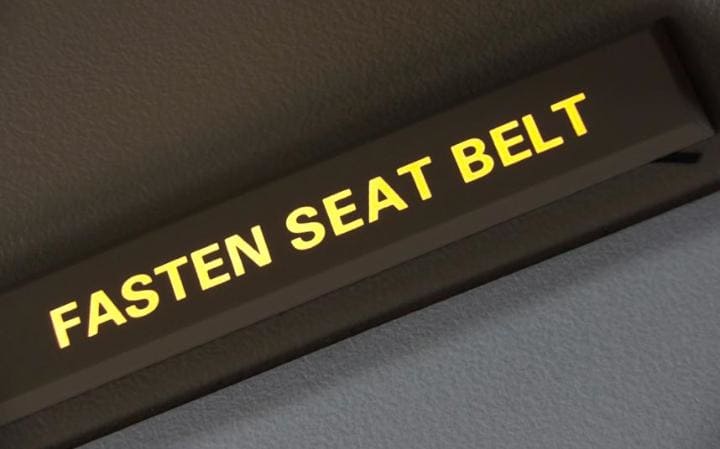Turbulence Can Occur In Any Kind of Weather and is Undetectable By Radar

If you’re lucky enough to be able to fly regularly, you’re likely unlucky enough to have experienced the joy of in-flight turbulence. The captain likely told you it was coming, right before your smooth flight to Cleveland turned into an impromptu roller-coaster ride.
But what is turbulence? Where does it come from? Why can’t we see it coming and just . . . fly around it? Take evasive maneuvers? Well, the answer is rich with science—beautiful, deep, incomprehensible science. Turbulence is defined as “a flow regime in fluid dynamics characterized by chaotic changes in pressure and flow velocity.” Broken down, this means that different bodies of air moving at different speeds in different directions have all run into each other, creating an unpredictable mess that bounces the plane around for a while. While turbulence is most often associated with stormy weather, the fact is that grey skies and rain aren’t always present. There’s a fun little phenomena called “clear air turbulence” in which the big beautiful blue sky decides to toss you into a fun little pneumatic mosh pit. So while aviation radar can see storms coming from miles away, clear air turbulence is impossible to detect and thus avoid. Something to remember when you’re caught in it: like so much in life, it’s no one’s fault.
